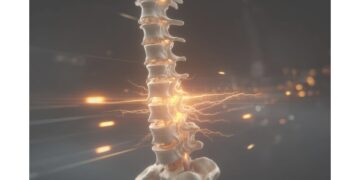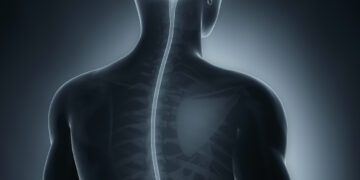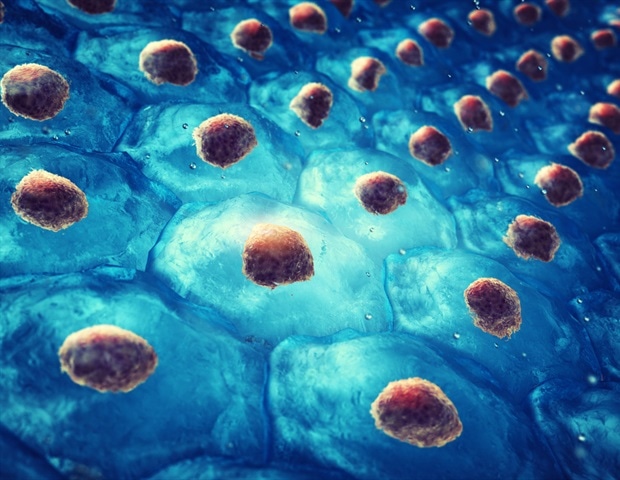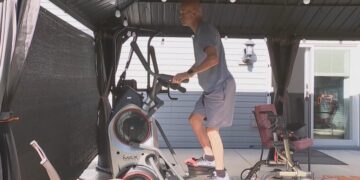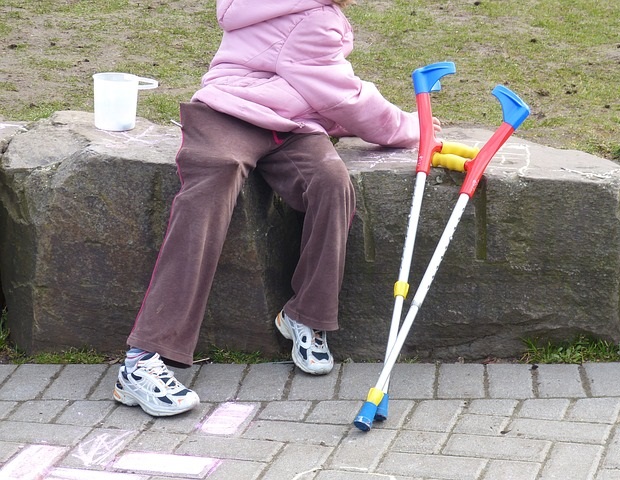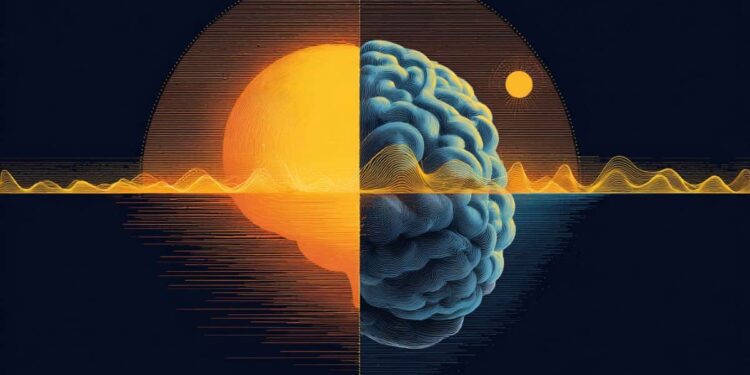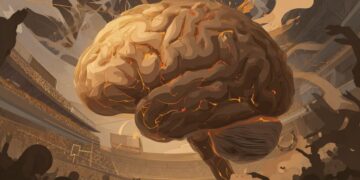Summary: A new study reveals that the brain’s ability to respond and learn changes with the time of day, governed by molecules such as adenosine that link metabolism, sleep and neuronal signaling. Using optogenetics, the researchers found that identical stimuli activated brain cells differently at sunrise and sunset, suggesting that neuronal excitability and plasticity follow daily rhythms.
These fluctuations form when the brain is more receptive to learning, adaptation and rehabilitation. The findings could help optimize education, therapy and brain stimulation time by aligning with natural circadian cycles.
Key facts
Daily neural rhythm: Brain activity and learning potential fluctuate depending on the time of day. Adenosine function: The sleep-related molecule regulates when neurons are more or less excitable. Learning Window: For humans, learning and memory can peak during the late twilight hours.
Source: Tohoku University
Our brains do not react in a fixed and mechanical way like electronic circuits. Even if we see the same scene every day on our way to work, what we feel – and whether it leaves a lasting impression – depends on our internal state at that moment. For example, your commute may be a blur if you’re too tired to pay attention to your surroundings.
The 24-hour cycle that humans naturally follow is one of the factors that shapes the internal environment of the brain. These internal physiological cycles arise from the interaction between the body’s intrinsic circadian clock and the external light-dark cycle that synchronizes it.
However, how such daily fluctuations influence brain chemistry and affect neuronal excitability and plasticity is largely unknown. Now, researchers at Tohoku University have directly observed time-of-day-dependent changes in neural signal responses in the brains of nocturnal rats.
The findings were published in Neuroscience Research on October 31, 2025.
Using optogenetics, the team activated neurons in the visual cortex of rats and recorded the resulting electrical activity. This approach allowed for precise quantification of neuronal responsiveness. They discovered that identical neural stimuli elicited different responses depending on the time of day.
Neuronal activity decreased at dawn and increased at dusk. Since rats are nocturnal, dawn represents the period after a night of activity when they prepare for sleep.
To explore the underlying mechanism for why this occurred, the researchers looked at adenosine, a neuromodulator that builds up during wakefulness and makes us feel sleepy. When the researchers blocked the action of adenosine, neuronal activity at dawn was disinhibited and enhanced, demonstrating that adenosine helps regulate cortical excitability throughout the day.
“Neural excitability is not constant; it depends on the internal state of the brain,” says Professor Ko Matsui of Tohoku University. “Our results show that even identical neurons can respond differently depending on the time of day, governed by molecules such as adenosine that link metabolism, sleep and neuronal signaling.”
The team also examined whether the brain’s capacity for long-term potentiation (LTP), a cellular basis of learning and memory, changes with time of day. This represents the brain’s potential for metaplasticity (the brain’s ability to adjust how easily its networks change). Surprisingly, repetitive optical stimulation induced an LTP-like enhancement at dawn, but not at dusk.
This was unexpected, as it suggests that although sleep pressure and fatigue peak at dawn, the brain’s metaplastic potential increases at this time. These findings indicate that the brain’s ability to reorganize follows a daily rhythm, with specific periods more favorable for learning and adaptation.
“These results imply that our brain has temporal windows that favor adaptability,” explains lead researcher Yuki Donen.
“Knowing when the brain is most receptive to change could help optimize training, rehabilitation and stimulation-based therapies.”
In humans, who are primarily active during daylight hours, the capacity for learning and memory formation may peak during the twilight period approaching sunset. In other words, the best time to study or learn something new may be before bed.
The study reveals how daily rhythms fine-tune the balance between excitability and plasticity in the cortex. Because adenosine levels and sleep pressure follow circadian patterns, this mechanism can synchronize the brain’s adaptability with behavioral cycles such as rest and activity.
The research provides new insights into how the brain coordinates energy use, neural signals and learning ability throughout the day.
Key questions answered:
A: They discovered that identical neural stimuli produce different responses depending on the time of day, revealing that brain excitability follows a daily rhythm.
A: Adenosine, a molecule that accumulates during wakefulness, dampens neuronal activity; When its action was blocked, brain activity increased, showing that it helps regulate cortical excitability.
A: It suggests that our brains have daily “windows” of adaptability: times when learning and memory formation may be most effective, potentially around dusk for humans active during the day.
About this research news on synaptic plasticity and circadian rhythm
Author: Public Relations
Source: Tohoku University
Contact: Public Relations – Tohoku University
Image: Image is credited to Neuroscience News.
Original research: Open access.
“Diurnal modulation of optogenetically evoked neural signals” by Ko Matsui et al. Neuroscience research
Abstract
Diurnal modulation of optogenetically evoked neuronal signals.
Neural signal processing in the cerebral cortex is often considered robust and stereotyped; However, the internal environment of the brain undergoes dynamic fluctuations throughout the day. It is still unclear whether these diurnal rhythms modulate cortical responsiveness and plasticity.
Here, we examined diurnal modulation of neuronal responsiveness and plasticity in the primary visual cortex (V1). Using transgenic rats expressing channelrhodopsin-2 (ChR2), we optically stimulated V1 neurons with brief light pulses and recorded local field potentials (LFPs) for several days.
V1 responses to single-pulse stimulation showed clear diurnal variation, with delta and gamma band activity modulated in a time-of-day dependent manner.
Administration of the adenosine A1 receptor antagonist DPCPX enhanced neuronal responses at Zeitgeber time (ZT) 0 (sunrise), but not at ZT 12 (sunset).
LTP-like potentiation was observed only when train stimulation was applied at dawn, indicating that plasticity is also controlled by the diurnal phase.
These findings demonstrate that both excitability and plasticity of V1 circuits are regulated by diurnal factors.
Although it remains unclear whether these effects are driven by intrinsic circadian rhythms or by light/dark-triggered mechanisms, our results highlight that cortical processing is dynamically modulated throughout the day, with implications for sensory function, learning, and neuromodulatory regulation.

